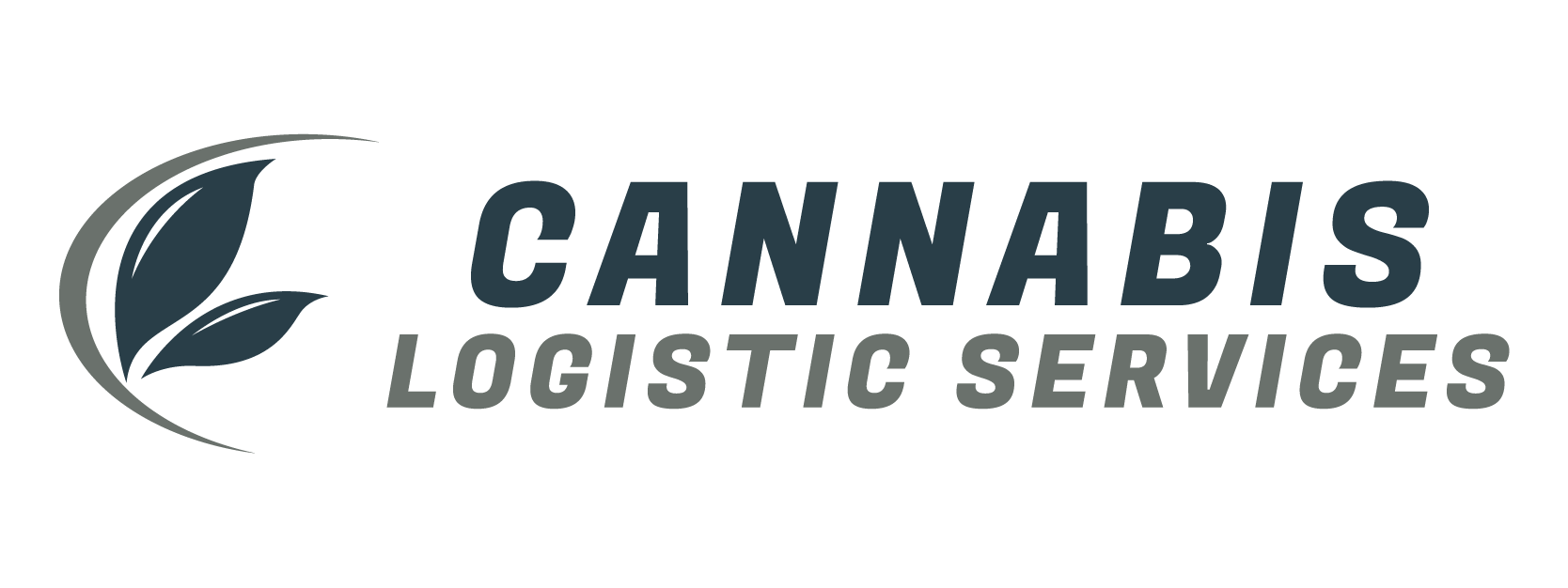In recent years, the cannabis industry has experienced explosive growth—but with that growth comes a complex web of environmental and compliance regulations that impact every facet of packaging and shipping. As the industry evolves, logistics managers are finding themselves at the intersection of sustainability, public safety, and legal conformity.
Child-Safety vs. Sustainability
Cannabis products must be sold in packaging that is child-resistant, tamper-evident, and opaque—particularly in the case of edibles. These safety-driven requirements often lead to multi-layer plastic packaging and materials that are difficult to recycle or reuse. While effective at preventing accidental consumption, these standards create long-term waste challenges that conflict with environmental sustainability goals. This has created an industry-wide tension, with many professionals calling for regulatory updates that would permit safer, yet greener, alternatives.
Material Innovation and Compliance
Despite these challenges, the cannabis sector has started to respond with innovation. Packaging manufacturers are exploring recyclable, compostable, and even hemp-based materials to meet both compliance and environmental standards. Lightweight designs, reduced plastic use, and audit-friendly packaging solutions are being tested and adopted. Some states have begun encouraging the use of sustainable packaging, though incentives remain inconsistent across jurisdictions.
Logistics Complexity and Carbon Footprint
Logistics in the cannabis industry are already complicated by state-by-state regulations that prohibit interstate commerce. As a result, cannabis products are often transported over longer, less efficient routes within state borders. This not only increases the cost of operations but also boosts the industry’s carbon footprint. Since many regulations still favor bulky packaging to meet safety requirements, the added size and weight contribute to greater fuel use and greenhouse gas emissions during transportation.
Hazardous Materials and Shipping Protocols
Many cannabis-infused products are classified under hazardous materials shipping protocols, requiring added layers of protective packaging. Labels, seals, and spill-prevention inserts are not only expensive but environmentally costly. These materials, while necessary to maintain product integrity and prevent contamination, often end up in landfills and offer few viable options for reusability or recycling.
Reverse Logistics and Waste Management
Reverse logistics—systems designed to recover packaging after use—are underdeveloped in the cannabis sector. While manufacturers and dispensaries have expressed interest in recycling or reusing product containers, many jurisdictions classify cannabis waste as regulated, which severely limits how packaging can be handled after purchase. This has stifled otherwise promising efforts to implement take-back programs or material recovery systems at retail locations.
Smart Packaging Technologies
Technological advances like RFID tags, QR codes, and freshness indicators are helping modernize cannabis packaging. These tools support traceability and compliance while reducing the need for excessive material use. In many cases, they allow for lighter packaging with better transparency in the supply chain, which could pave the way for more sustainable logistics models.
Opinion: Regulation Needs Rethinking
Though safety and sustainability aren’t mutually exclusive, current regulations often force a trade-off. Updating packaging standards to allow certified sustainable materials, reusable containers, and improved reverse logistics systems would support both compliance and environmental goals. Cannabis logistics is in a pivotal position to become a model for green supply chains—if regulators are willing to evolve with the industry.
